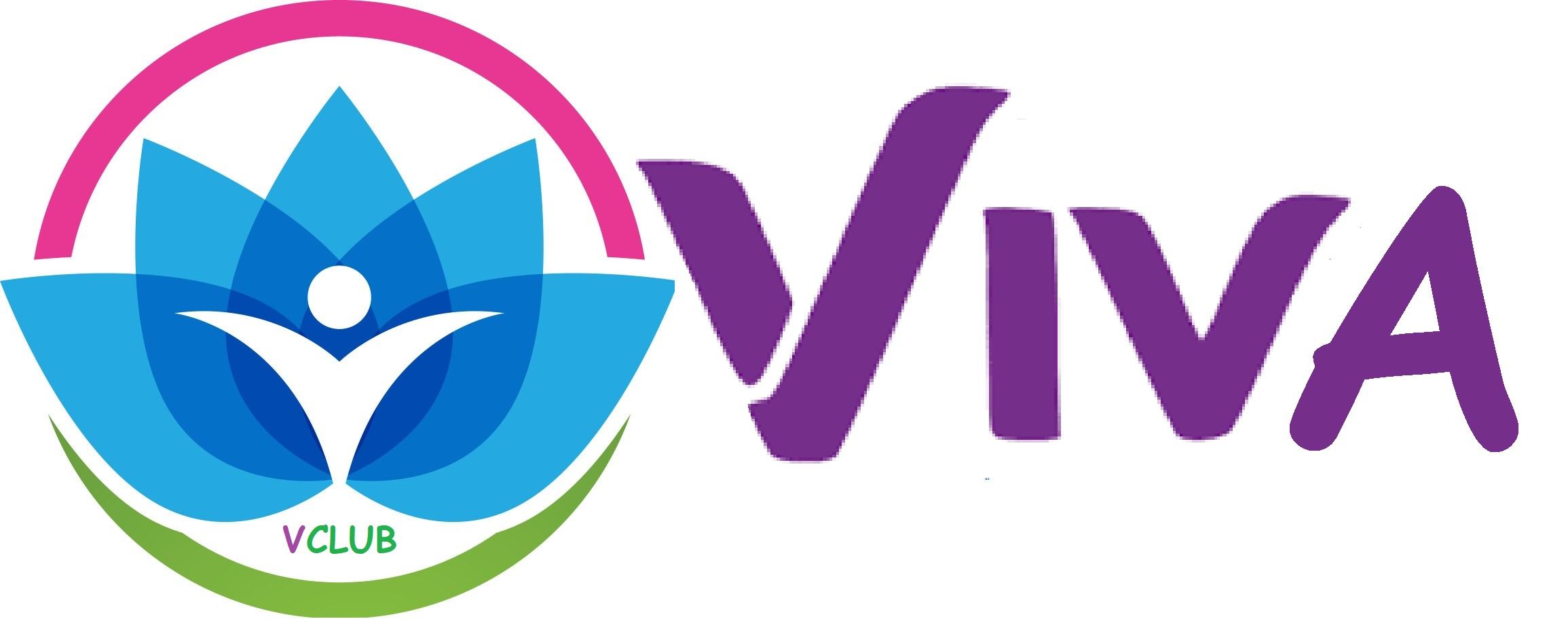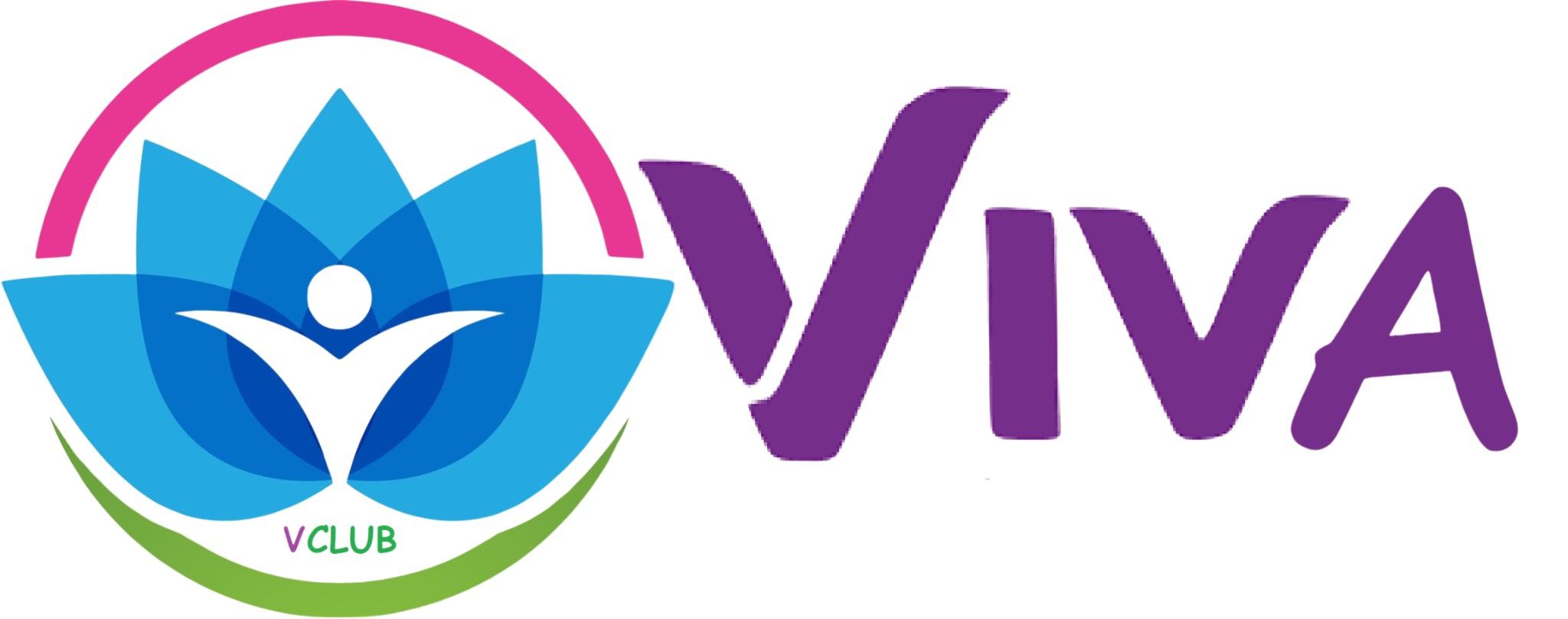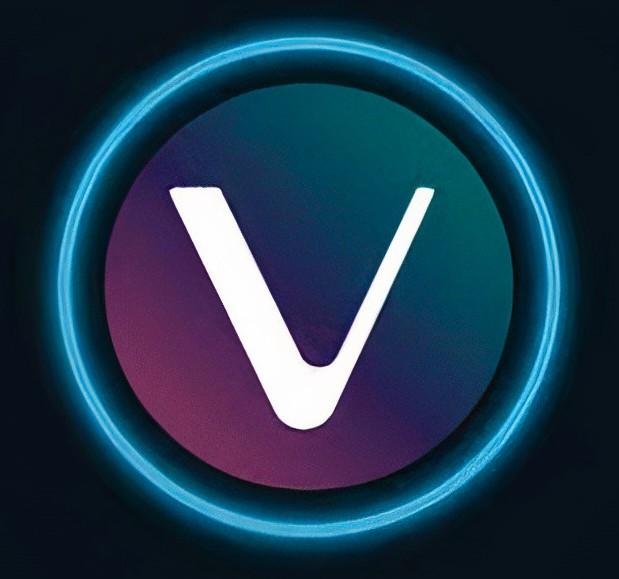US Human Centric Lightings Market Trends: Enhancing Wellness and Productivity
The US Human Centric Lightings Market Trends are witnessing strong growth as businesses, healthcare facilities, and residential spaces prioritize lighting solutions that improve human well-being. Human centric lighting (HCL) focuses on regulating circadian rhythms, enhancing mood, and boosting productivity through dynamic light intensity and color temperature adjustments. Increasing awareness of health-focused lighting is driving widespread adoption across multiple sectors.
Key Trends Shaping the Market
-
Integration of Smart Technologies
Modern HCL systems incorporate sensors, automation, and AI-driven controls for adaptive lighting. These intelligent solutions optimize illumination according to user activity and environmental conditions, improving comfort and energy efficiency. -
Energy Efficiency and Sustainability
Energy-efficient designs are becoming a standard in HCL systems. Innovations similar to those in the Graphene Electronic Market are contributing to longer-lasting, low-power lighting solutions that reduce operational costs while maintaining high performance. -
Adoption in Workplaces and Healthcare
Workspaces, hospitals, and educational institutions are increasingly implementing human centric lighting to enhance productivity, support patient recovery, and improve focus. Integration with automation and smart systems is making deployment seamless. -
Robotics and Visual Technology Synergies
The rise of intelligent systems in industrial and commercial spaces is leveraging technologies from the Robotic Vision Market. This synergy allows dynamic lighting that adapts to human activity, machine operation, and environmental feedback.
Market Outlook and Future Applications
Human centric lighting is becoming a key component of smart buildings, wellness-oriented designs, and connected homes. Secondary keyword innovations are enabling adaptive lighting solutions that respond to natural daylight patterns and user behavior. The US Human Centric Lightings market is poised for strong growth as awareness of health benefits, technological advancement, and energy efficiency continues to rise.
FAQs
Q1. What is driving the adoption of human centric lighting in the US?
Key drivers include improving health and productivity, energy-efficient designs, and integration with smart building systems.
Q2. Which sectors are implementing human centric lighting the most?
Workplaces, healthcare facilities, educational institutions, and smart homes are leading adopters.
Q3. How do emerging technologies influence human centric lighting systems?
AI, sensors, and robotics-based visual technologies enhance adaptive lighting, optimize energy consumption, and improve user comfort.
- Art
- Causes
- Crafts
- Dance
- Drinks
- Film
- Fitness
- Food
- Spiele
- Gardening
- Health
- Startseite
- Literature
- Music
- Networking
- Andere
- Party
- Religion
- Shopping
- Sports
- Theater
- Wellness



